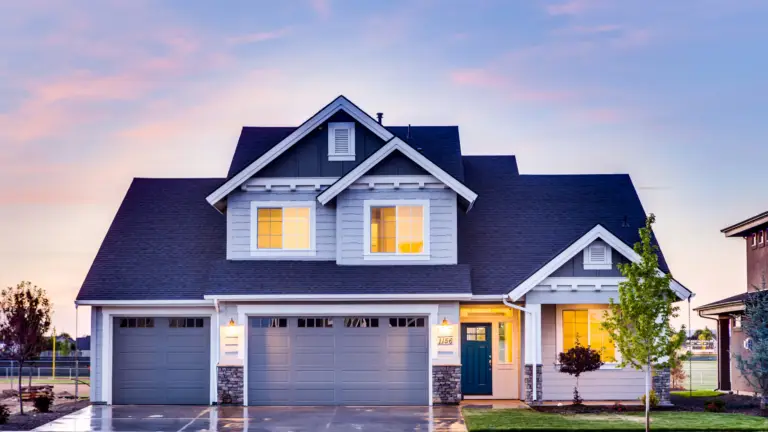When it comes to interior design in construction, lighting is a critical factor that goes beyond adding aesthetic beauty to a space. Proper lighting can completely transform the functionality, ambiance, and energy efficiency of an indoor environment. In this blog, we will explore in detail how lighting plays an essential role in interior design within the context of construction.
To view AH Construction’s projects click HERE
1. Creating Ambiances and Moods
Lighting has the power to influence the ambiance and mood of a space. Here are some examples:
- Warm Lighting: Warm and dim lights can create a cozy and relaxing ambiance, perfect for resting areas or bedrooms.
- Bright Lighting: In workspaces like home offices, bright and uniform lighting is essential for productivity.
- Accent Lighting: Directional lights can highlight artwork, architectural features, or specific decorative elements.
2. Enhancing Functionality
Proper lighting enhances the functionality of a space. Consider the following:
- Kitchen Lighting: In the kitchen, under-cabinet and task lighting are essential for safety and efficiency during food preparation.
- Bathroom Lighting: Bathroom lighting should be clear and shadow-free to facilitate daily activities like shaving and makeup application.
- Exterior Lighting: Exterior lighting, such as security and landscape lighting, enhances safety and the appearance of a construction.
3. Energy Efficiency
In modern interior design, energy efficiency is paramount. Here are ways in which lighting can contribute to it:
- LED Technology: LED lights are highly energy-efficient and have a longer lifespan than traditional bulbs.
- Motion Sensors: Installing motion sensors in less frequently used areas ensures that lights only turn on when needed.
- Natural Lighting: Maximize natural light by incorporating windows and skylights into the construction’s design.
4. Design and Aesthetics
Of course, lighting also plays a crucial role in aesthetics:
- Decorative Fixtures: Light fixtures can serve as decorative elements, adding style and personality to a space.
- Light Distribution: How light is distributed in a space can enhance or soften architectural features.
- Colors and Tones: Lamps and bulbs come in a variety of colors and color temperatures that can affect the overall look of a room.
Light as a Transformative Element
In construction, lighting is a transformative element in interior design. It’s not just about illuminating a space; it’s about creating atmospheres, enhancing functionality, boosting energy efficiency, and adding aesthetic beauty. A well-planned lighting design can make any construction more functional, comfortable, and visually appealing.
To view AH Construction’s projects click HERE




